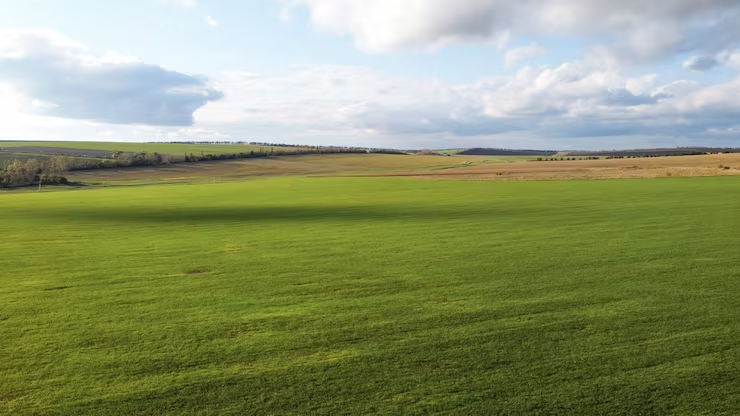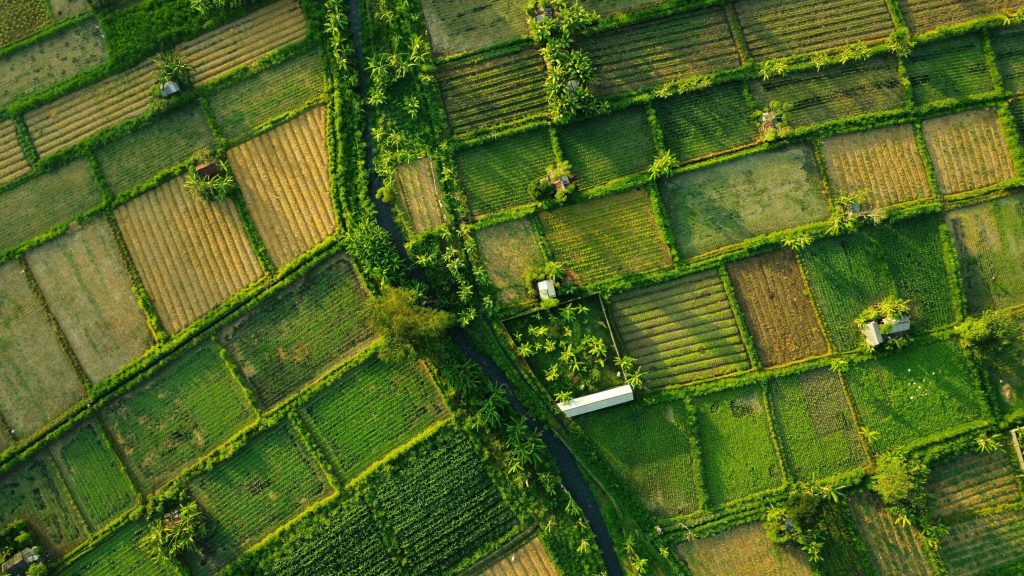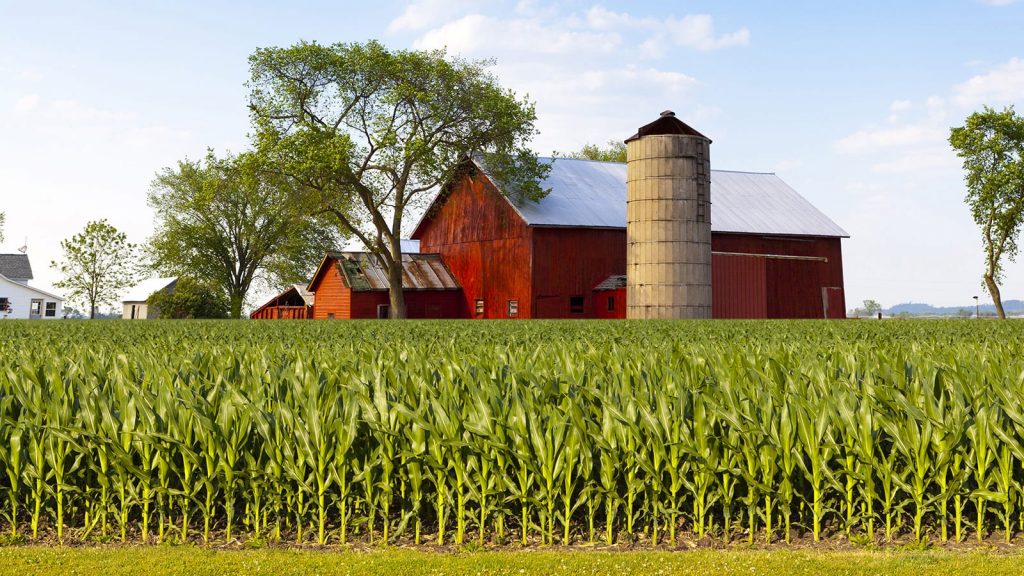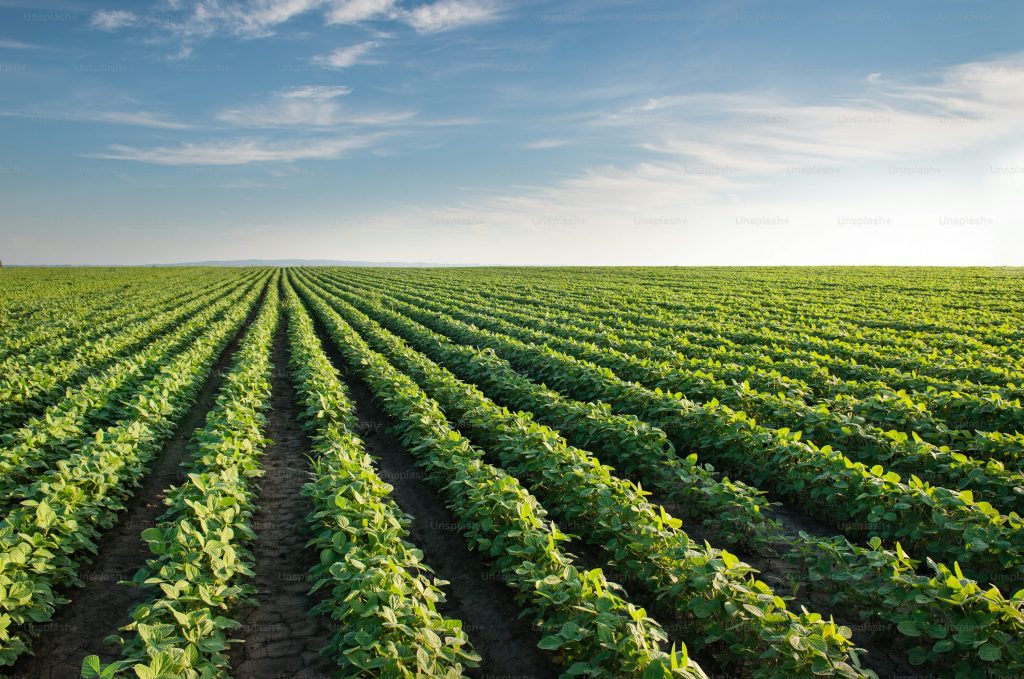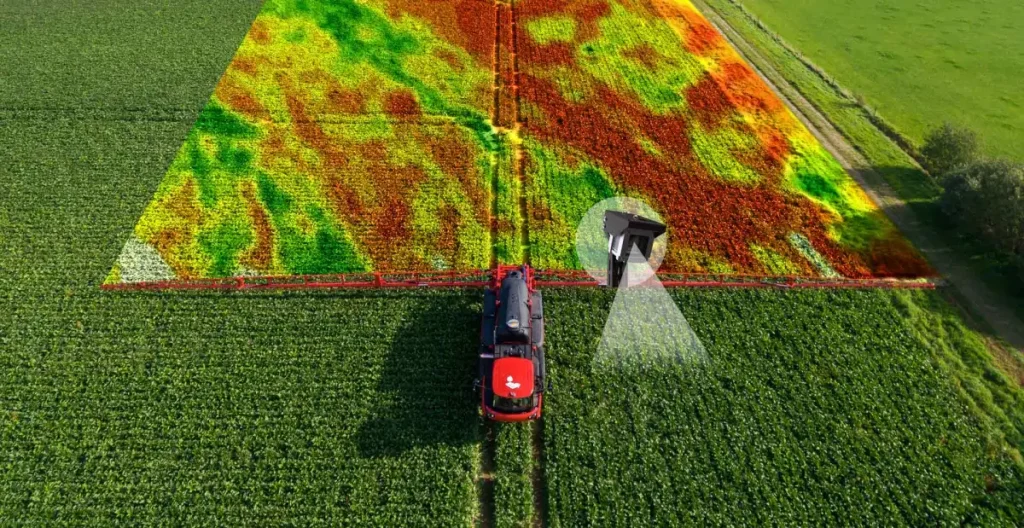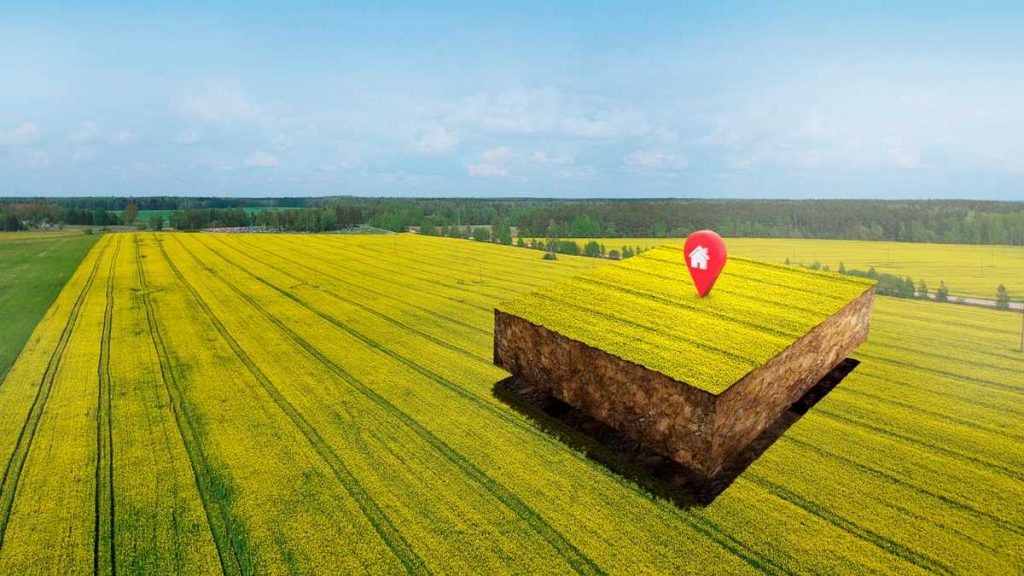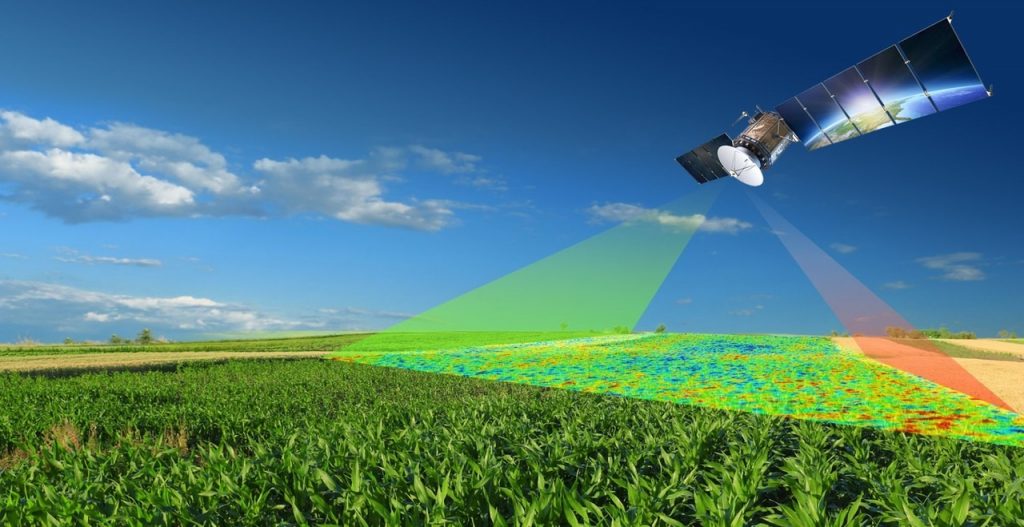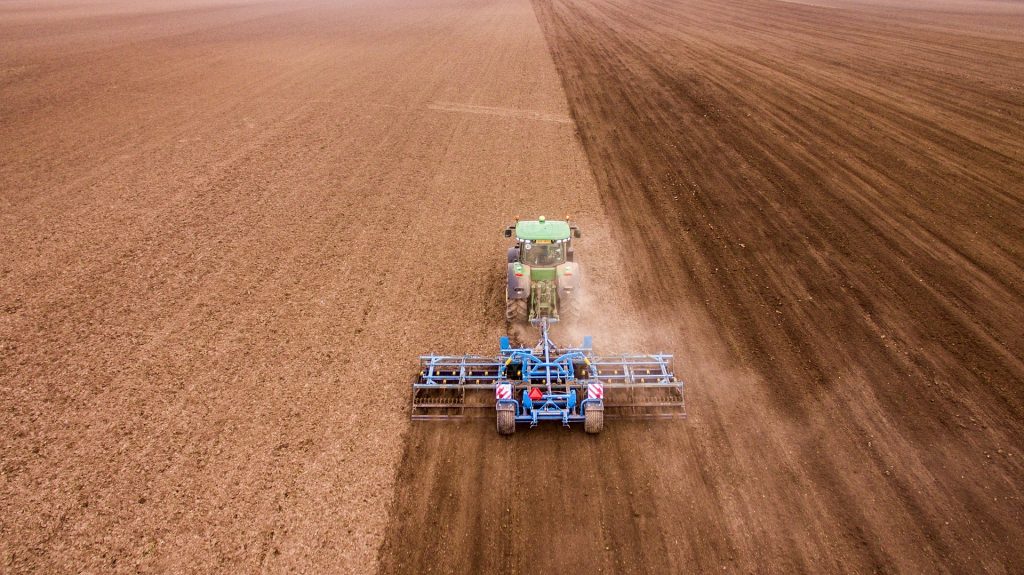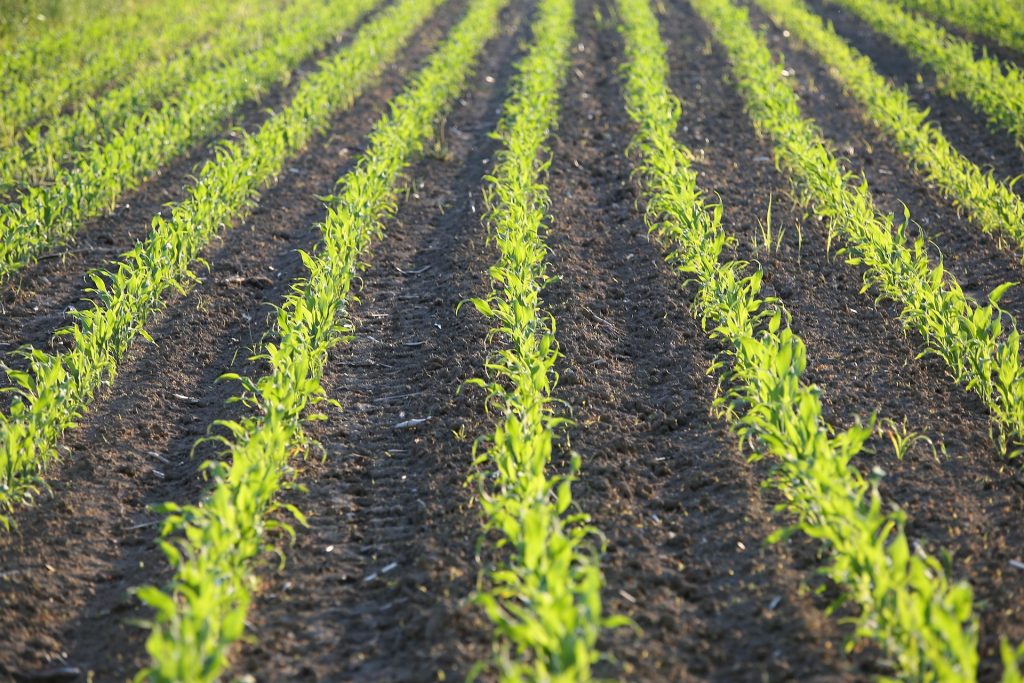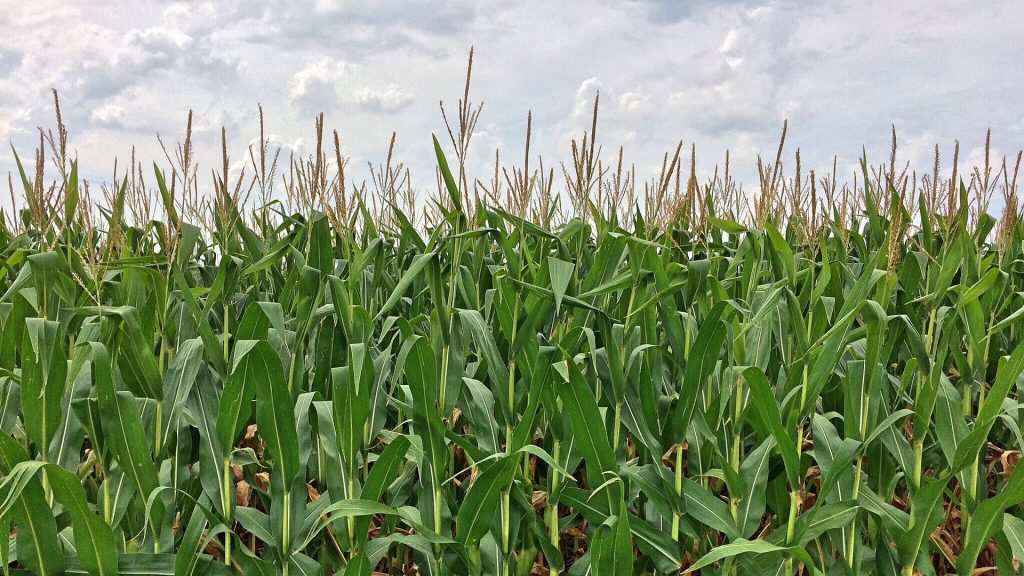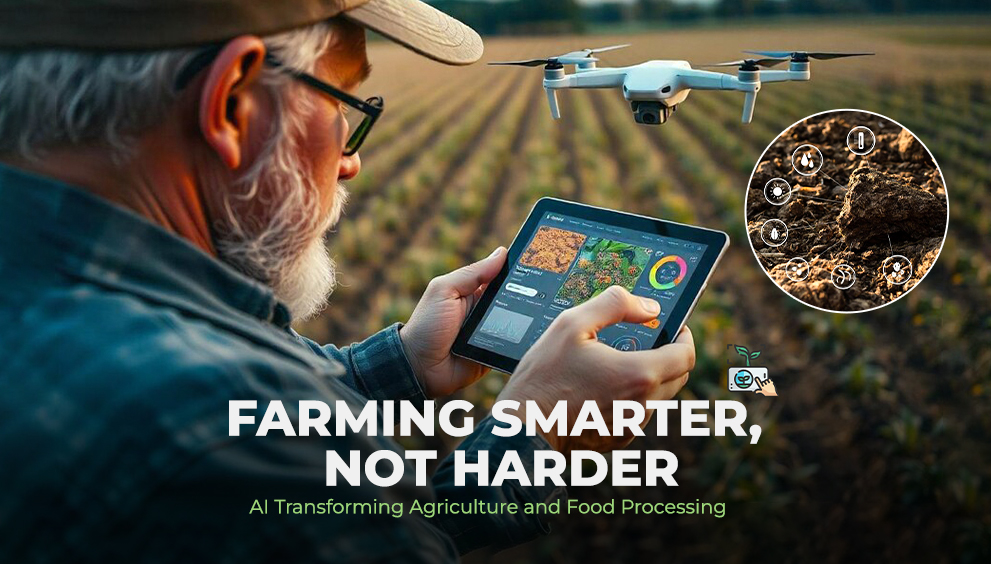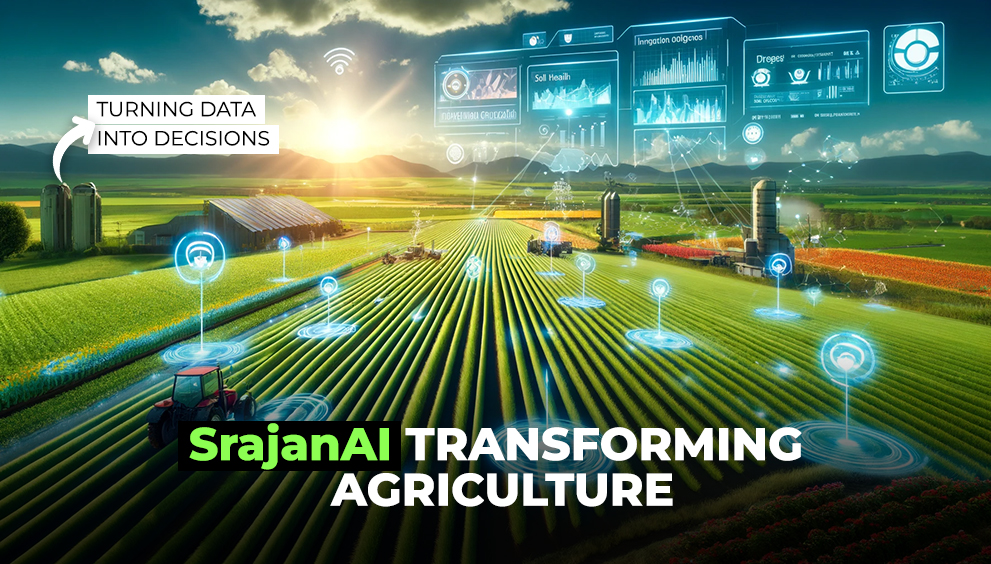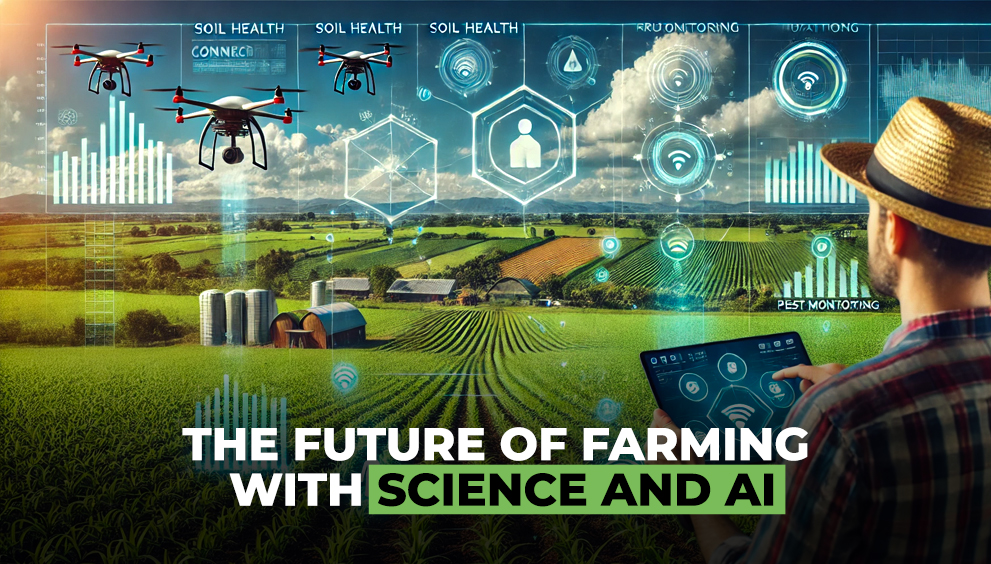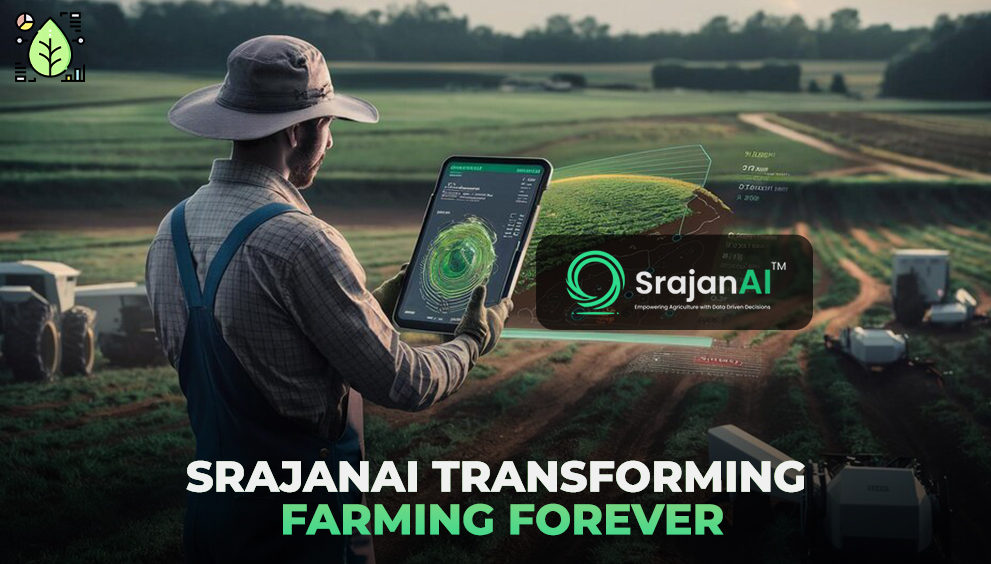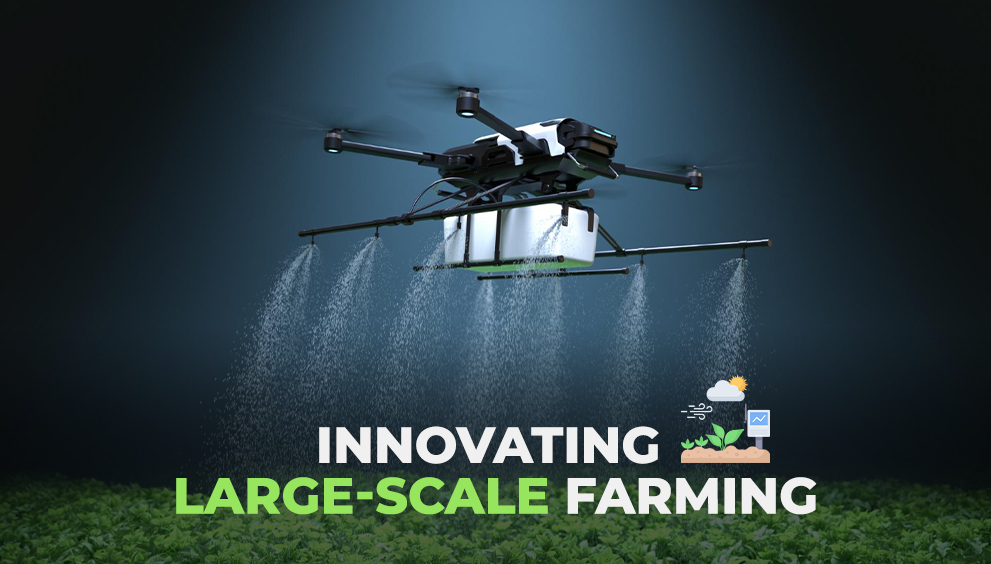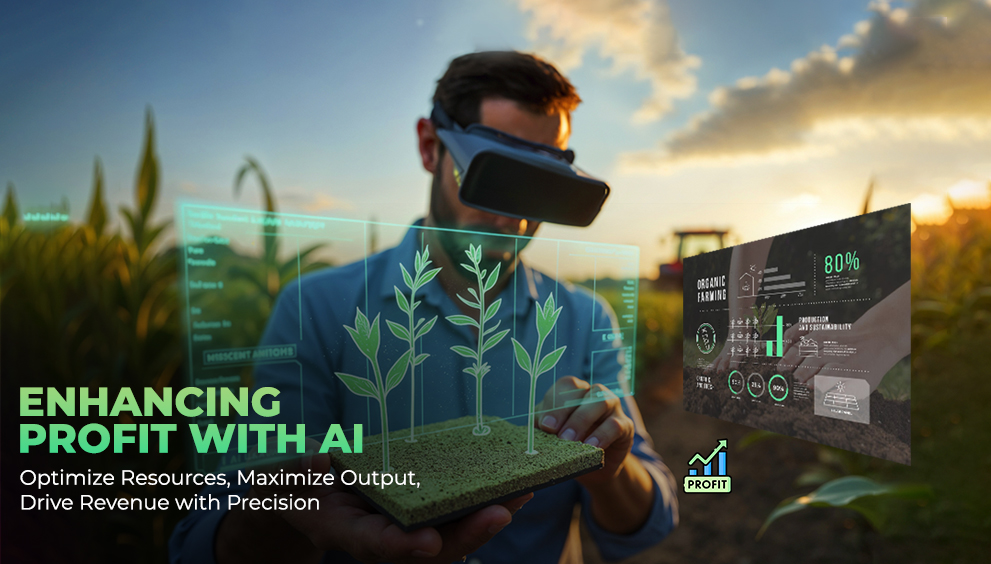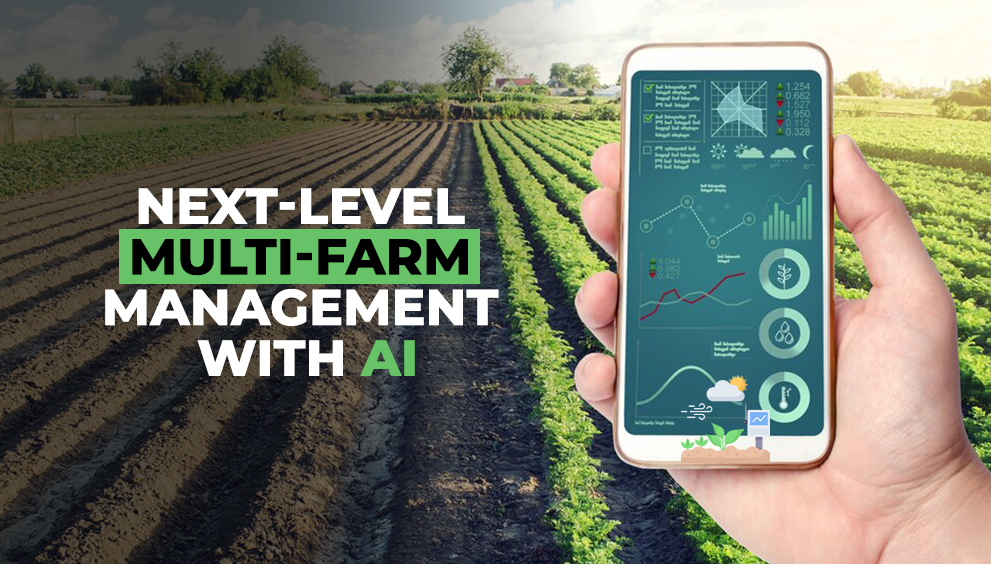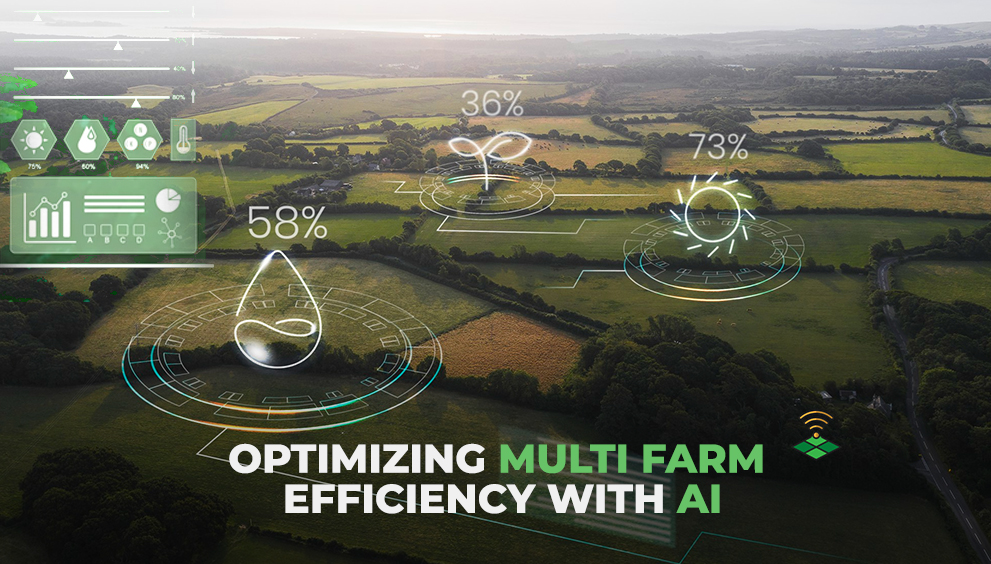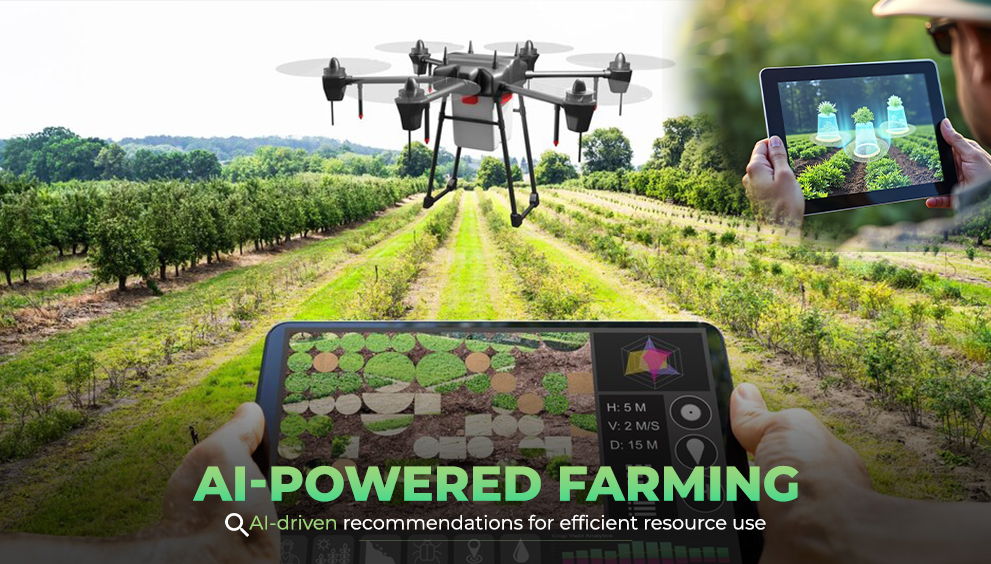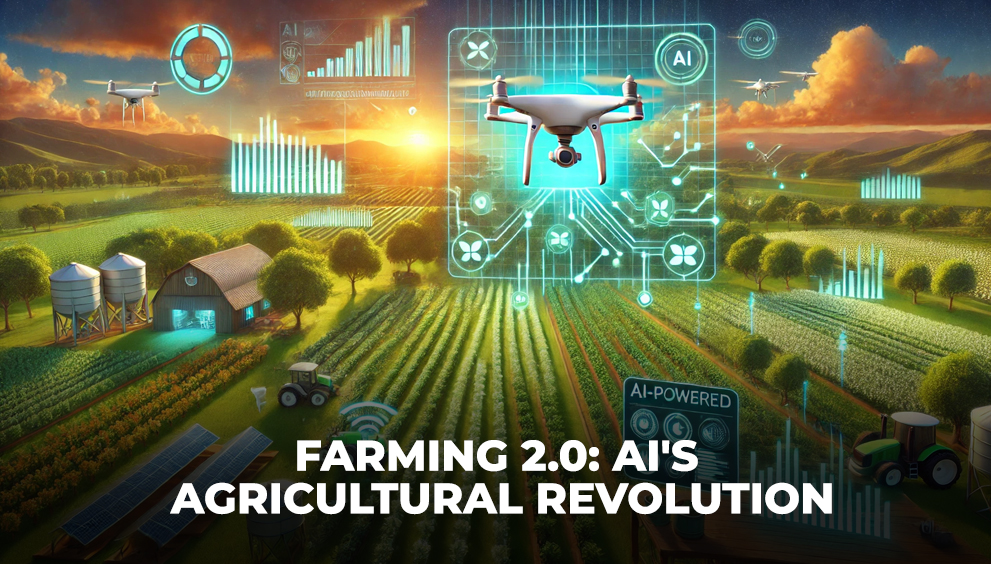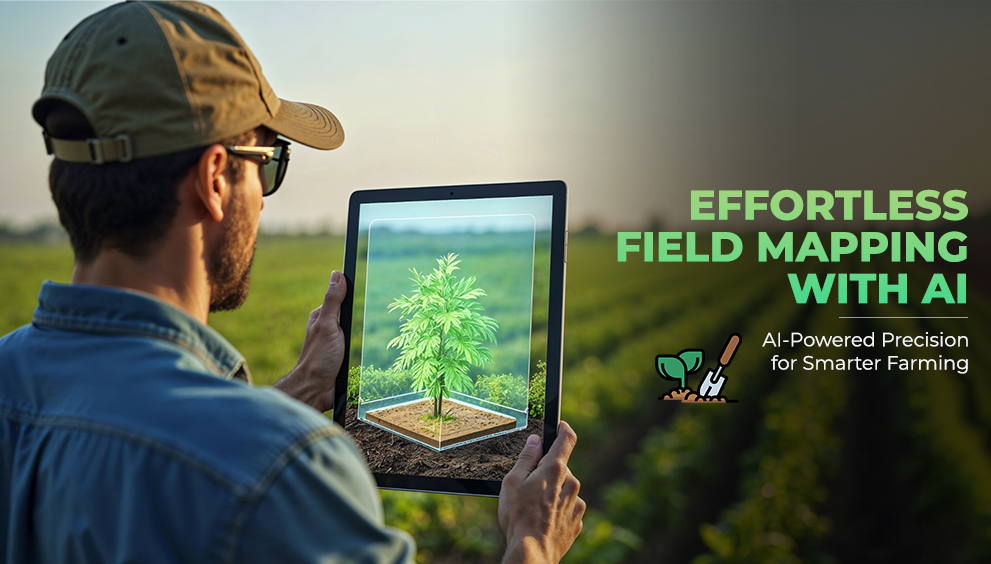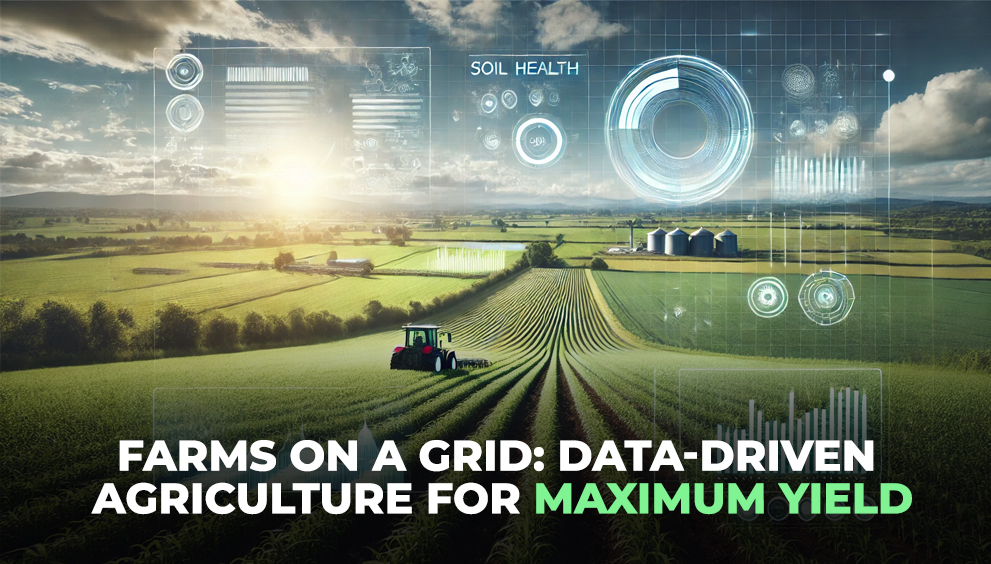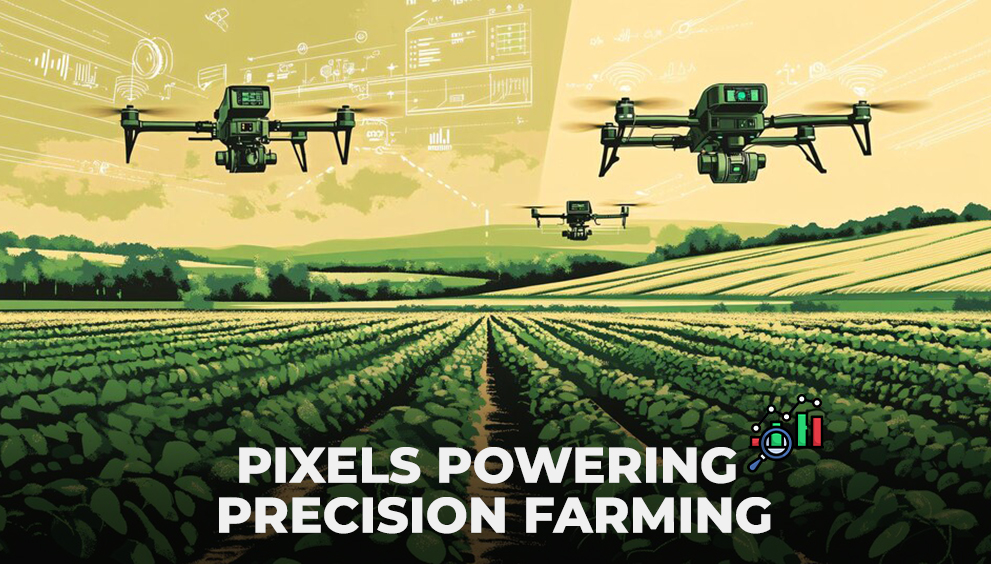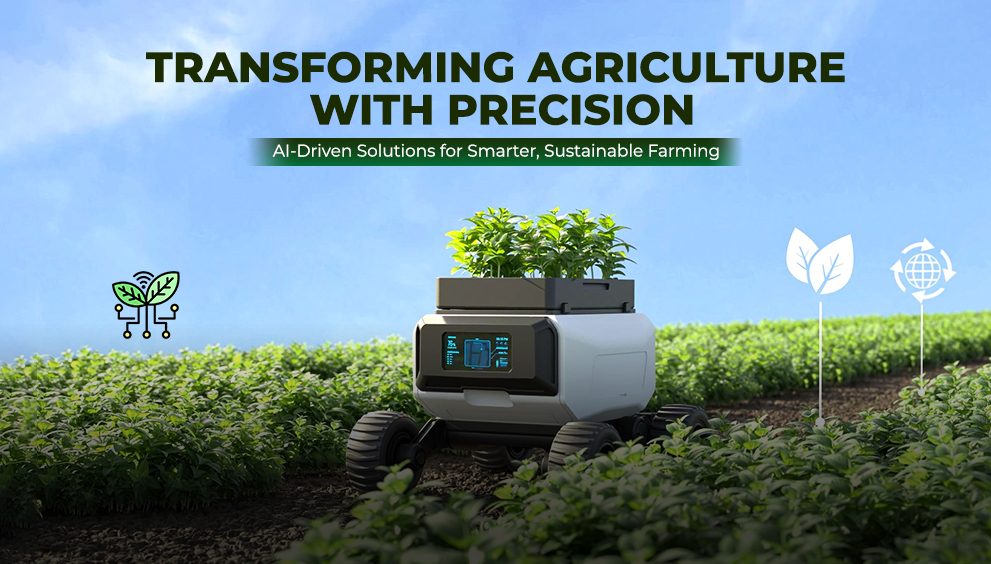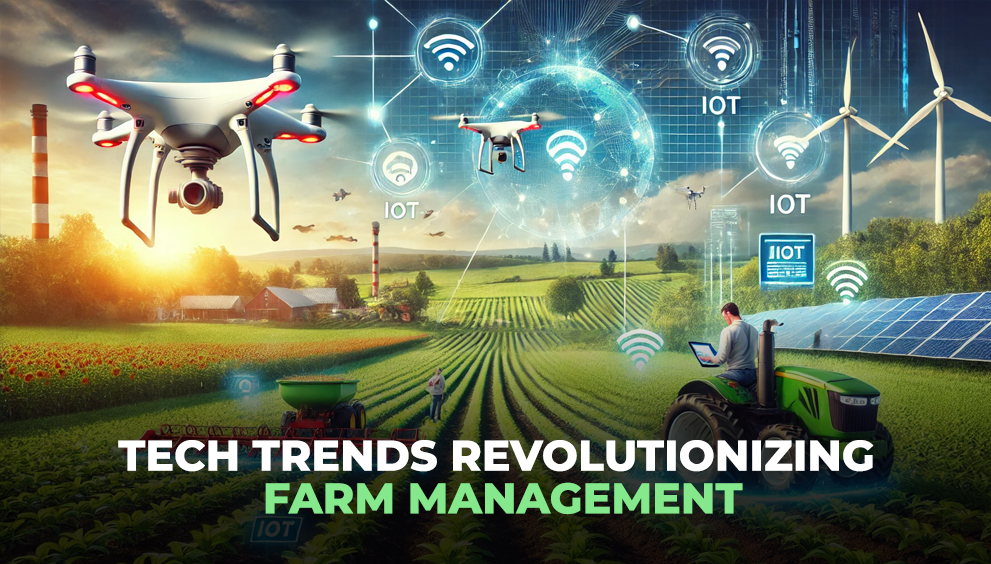The New Economics of Agricultural Insight

Agriculture has always been an economy of inputs and outputs — how much land, water, and labor go in, and how much yield, quality, and profit come out. But that equation is being rewritten. Today, agricultural value no longer depends only on physical resources; it depends on the quality of insight. As data becomes the most valuable input, the economics of agriculture are shifting from land ownership to information ownership — from physical control to intelligent control.
The next era of growth will not come from expanding acreage or adding labor. It will come from how efficiently enterprises can convert data into decisions.
From Inputs to Intelligence
Traditional agricultural economics was linear: resources were invested, production cycles ran their course, and profits were assessed post-harvest. But this approach leaves too many blind spots — weather volatility, pest damage, uneven soil fertility, and inefficient input use. The result is a system reactive by design.
The new model replaces that linear chain with an intelligent loop. Insights from satellite data, sensors, and analytics platforms constantly feed back into operations, creating a dynamic decision-making process. The better the insights, the faster enterprises can optimize inputs, manage risks, and maintain consistent productivity across large geographies.
In this system, data becomes an economic input, not just a monitoring tool. Information itself carries tangible value — capable of saving costs, protecting yields, and guiding investment.
The Real Currency: Land-Linked Data
Land has always been the cornerstone of agricultural wealth, but raw acreage is no longer enough. What truly drives economic efficiency is the intelligence tied to that land.
Every parcel of land produces layers of data — boundaries, ownership, crop type, soil composition, irrigation history, and vegetation health. When integrated and analyzed together, these data layers reveal the operational heartbeat of agriculture.
For enterprises managing thousands of hectares, the ability to visualize and compare land productivity at parcel-level granularity is transformative. It enables:
- Resource Prioritization: Investing more efficiently in high-performing parcels while diagnosing underperforming zones.
- Operational Planning: Coordinating planting, harvesting, and irrigation with spatial precision.
- Financial Transparency: Attaching economic metrics to specific parcels for audits, reporting, or compliance.
- Asset Valuation: Using historical health and productivity data to calculate true land value, beyond surface measurements.
This integration of land intelligence doesn’t just optimize production — it reshapes how agricultural assets are valued and managed.
Insights That Scale
One of the most significant advantages of intelligent agriculture is scalability. Manual surveys or on-ground checks simply cannot deliver the spatial coverage or frequency required to manage hundreds of dispersed locations.
AI and geospatial analytics solve that problem. They automate boundary identification, analyze crop health at scale, and deliver updates as often as new satellite data is available. Platforms like SrajanAI enable enterprises to visualize these insights through centralized dashboards — transforming scattered land records and field data into unified intelligence systems.
This scalability introduces a new layer of economic efficiency:
- Reduced Monitoring Costs: Fewer physical inspections, fewer man-hours, and more reliable, objective data.
- Predictive Risk Mitigation: Early warnings on drought, pest stress, or nutrient deficiency prevent losses before they escalate.
- Informed Budget Allocation: Financial decisions backed by spatial evidence rather than intuition.
As these efficiencies compound across operations, the economics of scale shift from physical expansion to data-driven optimization.
Data as a Profit Center
In most industries, data is already a monetizable asset. Agriculture is following suit. Aggregated, anonymized, and analyzed properly, farm and land data can power financial models, supply chain predictions, and insurance frameworks.
Consider three emerging trends:
- Data-Backed Financing: Banks and insurers are beginning to use verified land and crop data to assess creditworthiness and risk, leading to faster loan approvals and more accurate premium pricing.
- Operational Benchmarking: Agribusinesses use productivity and health data across parcels to set performance standards and align incentives for local teams or partners.
- Data-Driven Partnerships: Producers, suppliers, and buyers can now collaborate based on verified spatial intelligence — improving traceability, compliance, and sustainability tracking.
Each of these shifts adds new dimensions to agricultural profitability, proving that data is not just an operational support tool but a core business asset.
Intelligent Decisions, Measurable Returns
Enterprises that embrace data integration early gain a measurable competitive edge. The benefits are not abstract; they are quantifiable across key metrics:
- Yield Variability Reduction: Consistent health monitoring reduces production volatility.
- Input Optimization: AI-led insights minimize waste and over-application.
- Operational Speed: Data-backed decisions shorten the lag between observation and intervention.
- Sustainability Metrics: Digital records strengthen compliance with environmental standards and ESG reporting.
These outcomes translate directly into financial stability and long-term value creation. In short, intelligent decisions now carry a measurable return on investment.
The Shift from Expansion to Precision
For decades, agricultural growth meant expanding acreage or mechanizing processes. But land availability is finite, and environmental limits are pressing. The next phase of growth won’t come from more land — it will come from better land management.
Precision and intelligence, not expansion, will define profitability. The ability to measure productivity per square meter, understand micro-patterns of crop stress, and optimize every resource will set the new economic benchmark for agribusiness success.
This transition also aligns with global trends toward sustainability, accountability, and resilience. Enterprises equipped with integrated data ecosystems will not only produce more efficiently but also demonstrate transparency and traceability — traits increasingly valued by regulators, investors, and consumers.
The New Equation of Value
The economics of agriculture are no longer driven solely by tangible assets. The equation has evolved:
Land + Intelligence = True Value
Data doesn’t replace land, but it transforms how land is used, measured, and valued. Enterprises that recognize this shift early position themselves not just as producers but as intelligence-driven organizations capable of predicting, adapting, and thriving in uncertainty.
The new economics of agricultural insight isn’t about technology for technology’s sake. It’s about rethinking the fundamentals of value creation — from how we define productive land to how we define smart management. The future belongs to those who understand that insight, not acreage, will decide who leads the next agricultural revolution.



